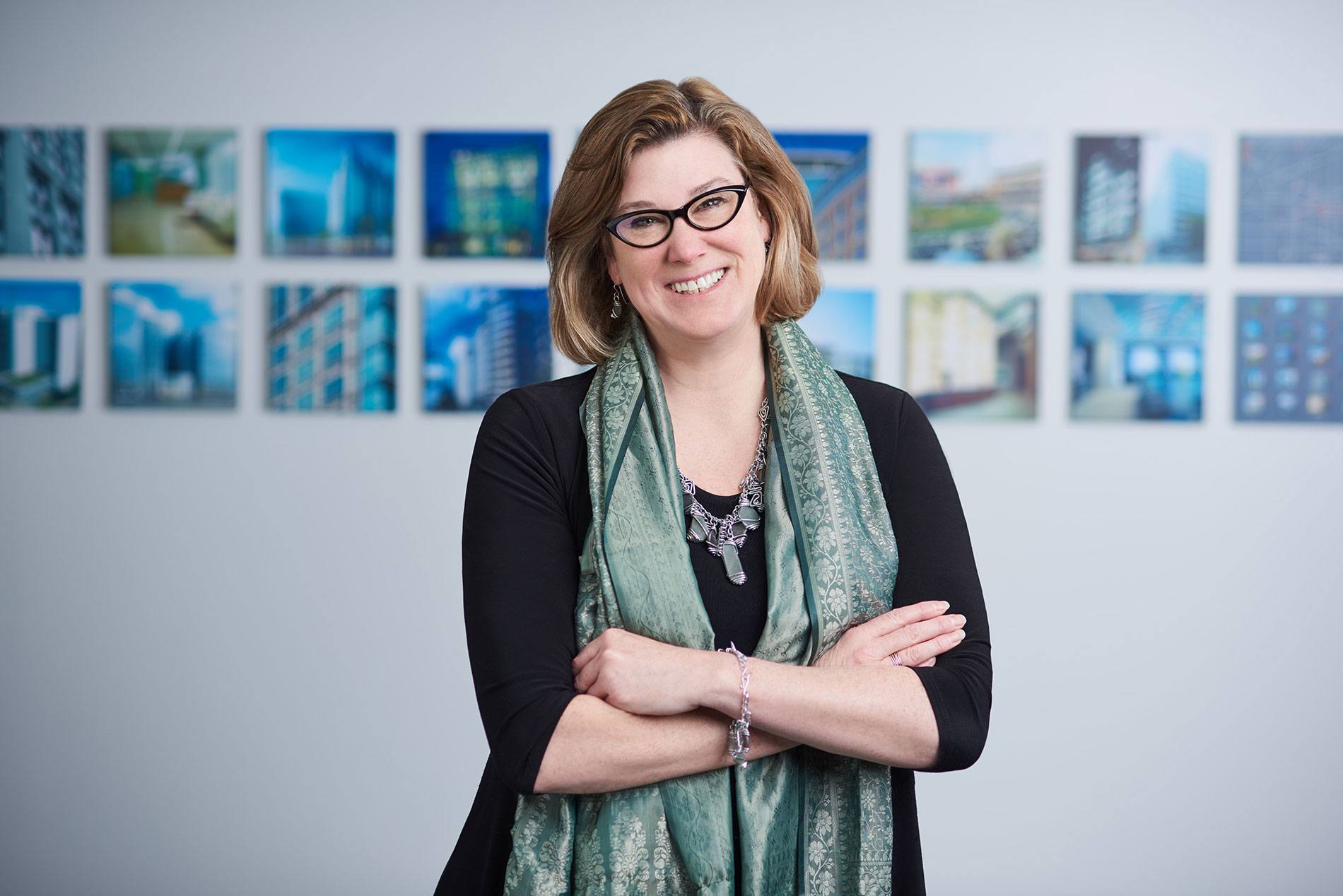HOK’s Kay Sargent appeared on the cover of the May issue of Interiors + Sources magazine. She discusses her career path, experience guiding clients through catastrophic events such as the COVID-19 pandemic, and efforts to design workspaces for diversity and inclusivity.
Excerpted from Interiors + Sources:
Kay Sargent is no stranger to national emergencies. The senior principal for HOK in Washington, D.C., was there—literally, in a room full of Federal Protective Service (FPS) agents—when the news of the Oklahoma City bombing broke on April 19, 1995. She and her team were part of a task force to determine where to locate and how to design secure, regional emergency management control centers around the country.
She also spent the better part of two years in New Orleans following the Hurricane Katrina disaster of 2005 helping various government agencies assess the damage and figure out how best to rebuild.
These catastrophic events had a profound impact on Sargent’s illustrious career and signaled “a call to action that led me down a different path and not only showed the art of design and the science and design, but also the necessity of it, and how it really can be a very critical element in everybody’s life.”
The role of design moving forward is more important than ever, as the global COVID-19 pandemic has shut down entire industries and threatens to cripple economies. Questions about the future of work and healthy buildings are being asked more frequently in light of people working from home amid office closures, self-quarantines and social distancing. In the private sector, the idea of well-being and diversity are at the forefront of design thinking. But Sargent observes that much of the work being done doesn’t necessarily impact the people that need it the most. “Diversity is this notion that we have different people in a space,” Sargent explains. “Inclusivity is making them feel welcome and setting them up for success so they actually can stay and function and be well.”
As such, HOK is focusing on answering questions such as, How do we design for underserved populations? How do we create spaces that are truly responsible? To answer them, the firm focuses on research to push the boundaries of what’s possible and to uncover the best possible solutions for clients of all types.
Some would be quick to describe this design approach as “human-centric.” However, Sargent suggests that our current predicament may be the result of our being too human-centric in our approach for too long.
Of course, designers need to consider the needs of occupants and what’s right for them. “But we also need to think about what’s right for the business, and we need to think about what’s right for the environment and what’s right for the financial health of an organization.”
